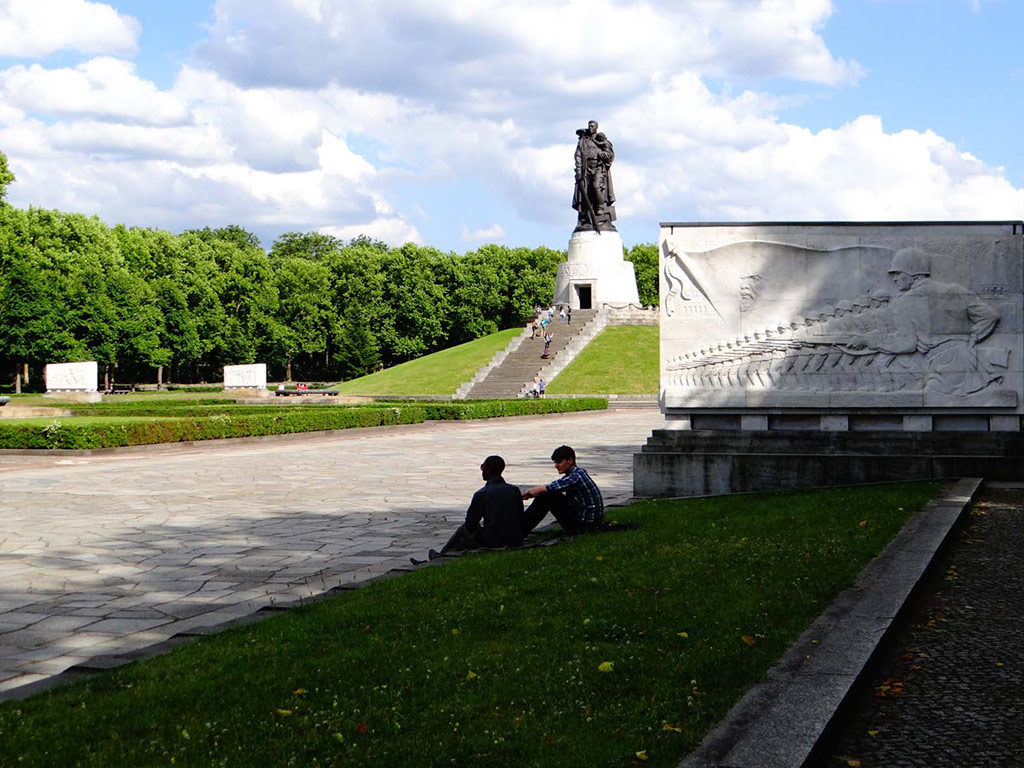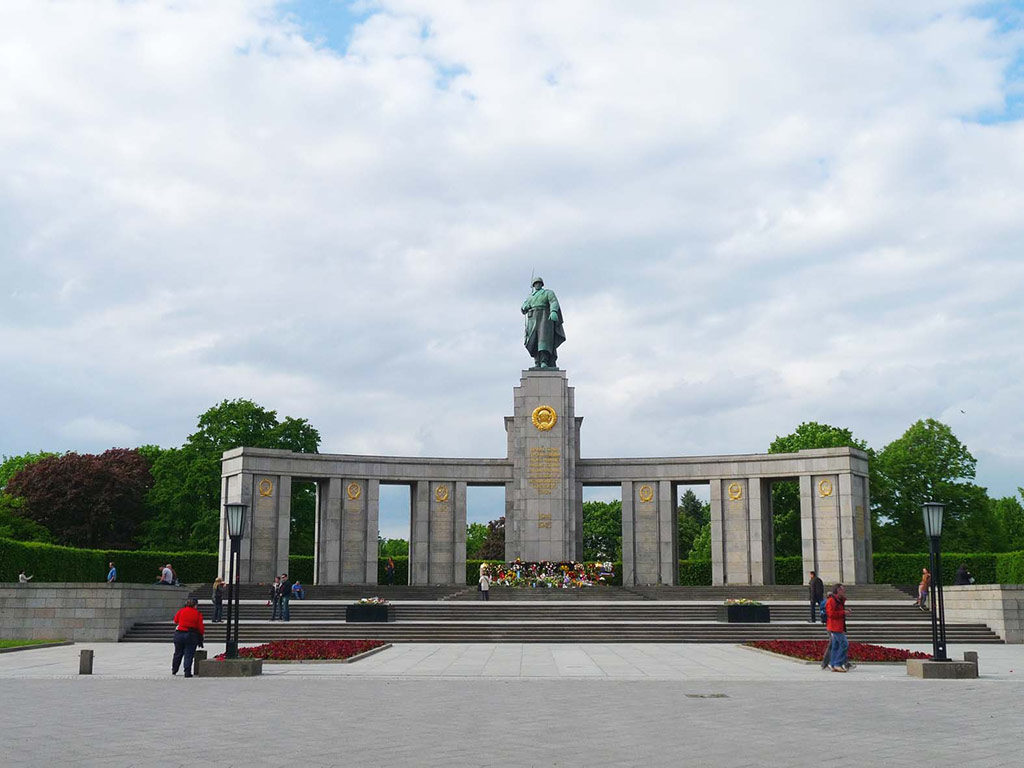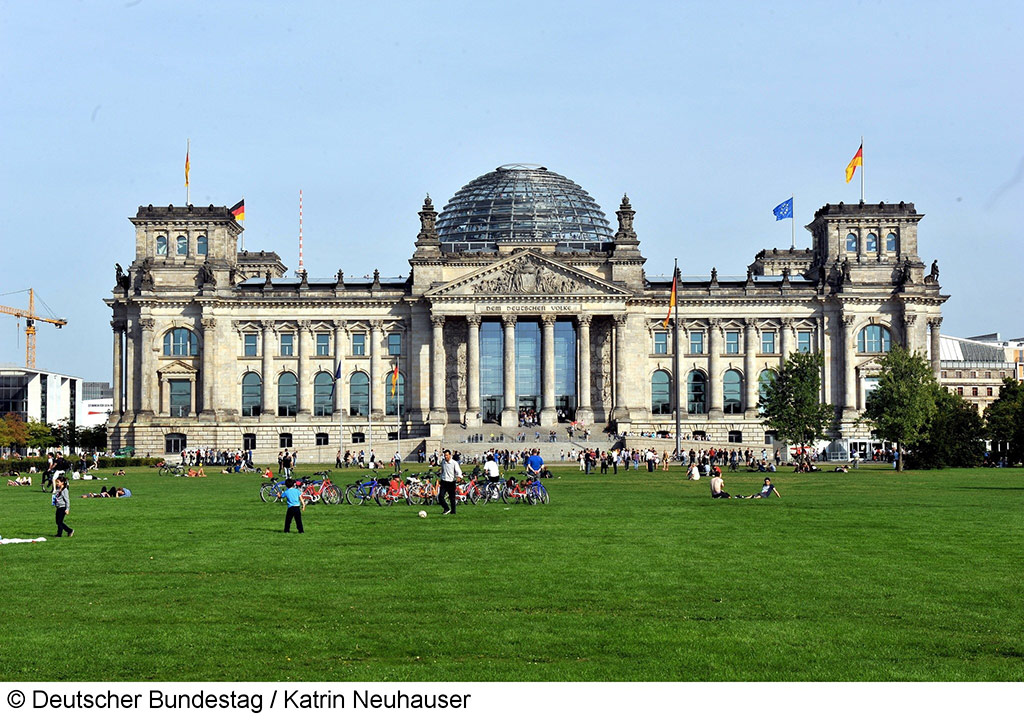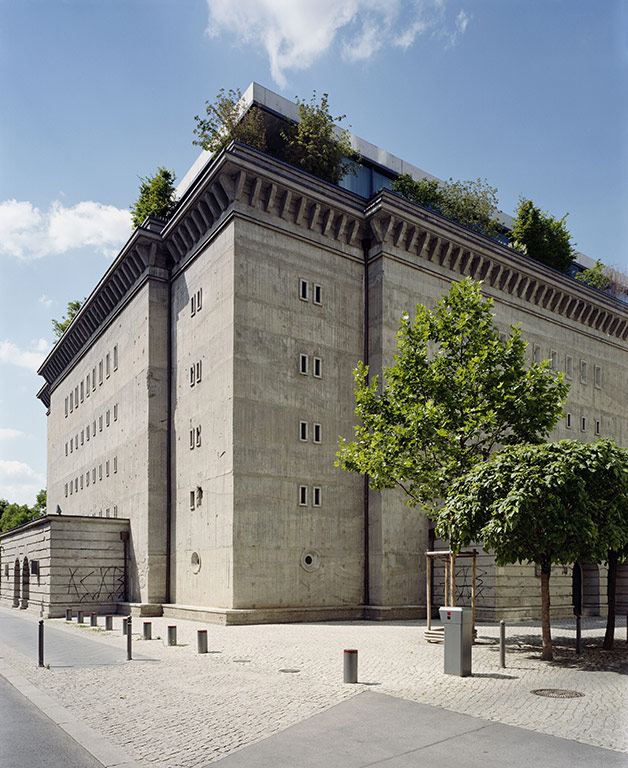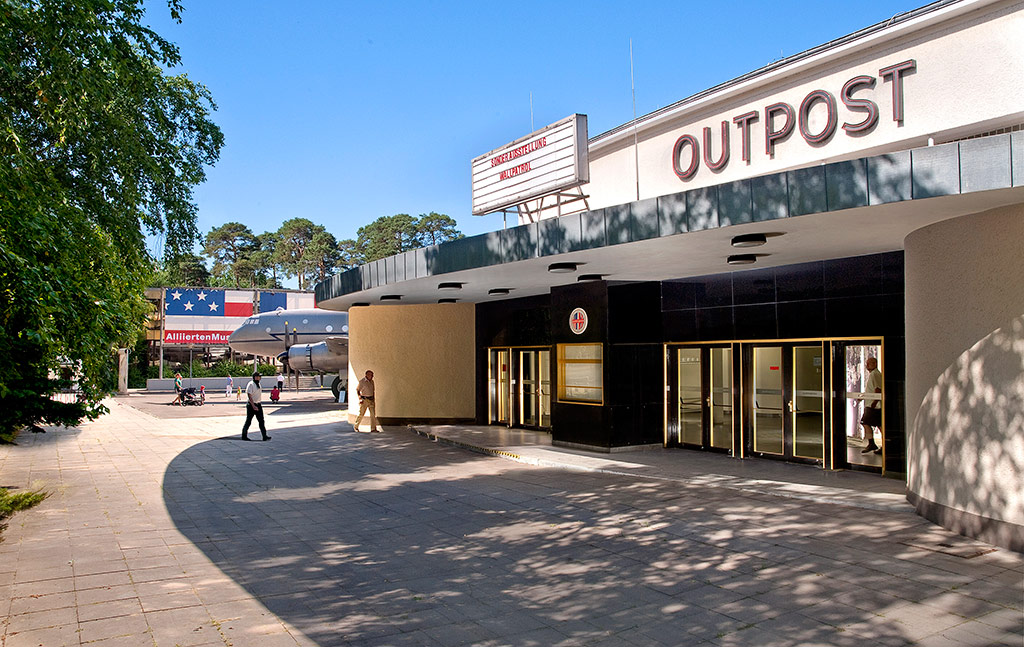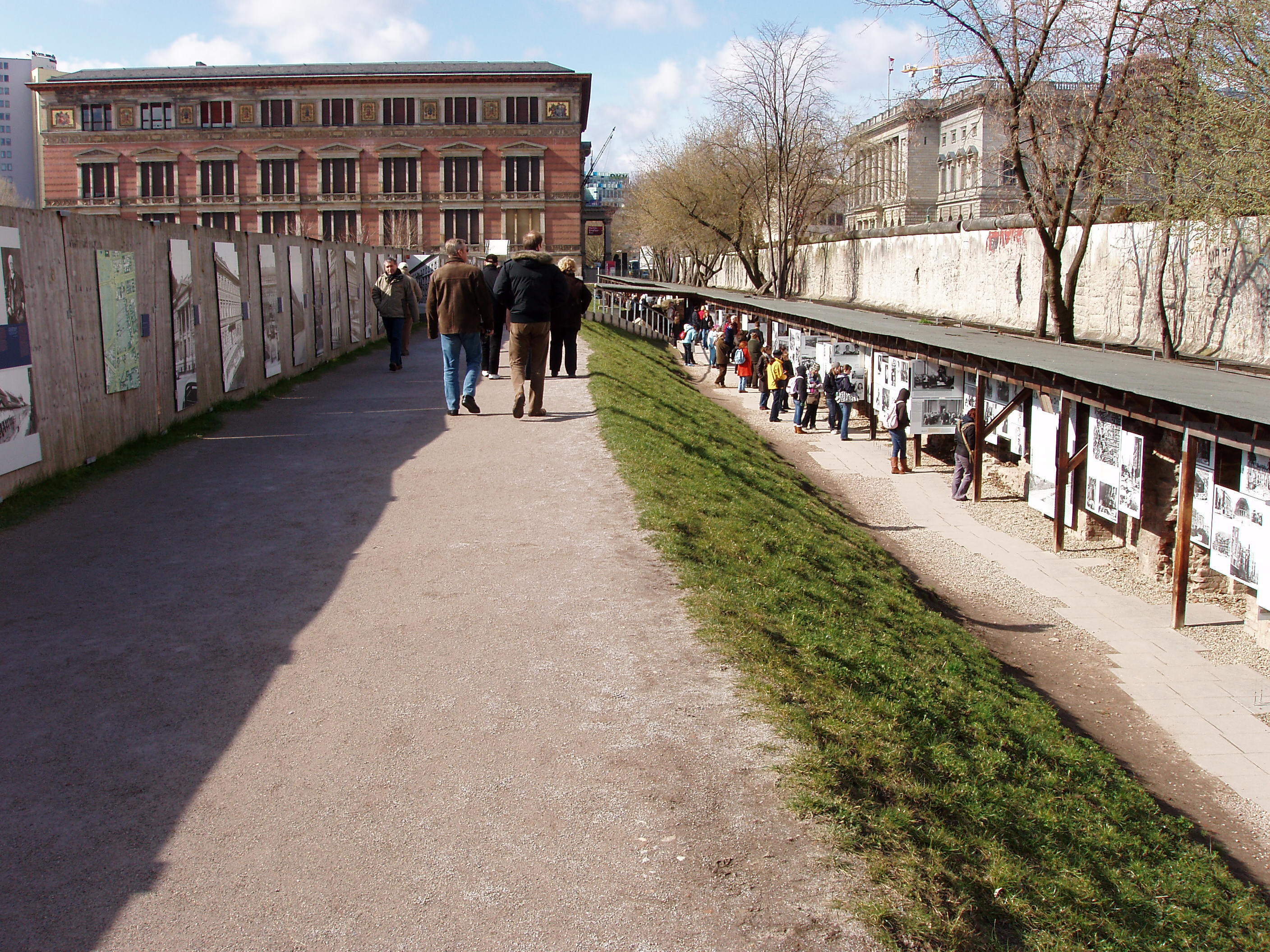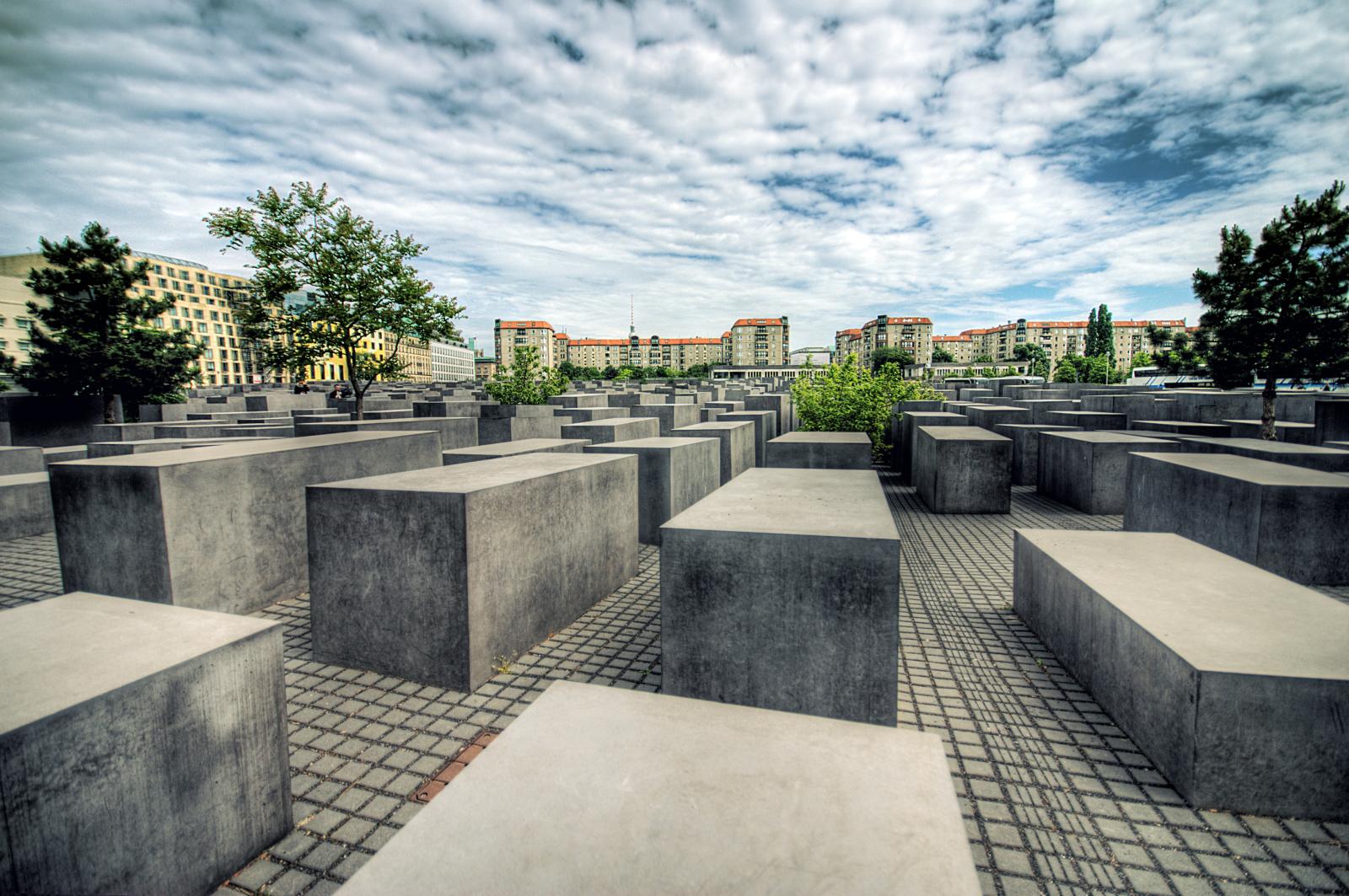
Rough Guides: Travel the Liberation Route Europe is a travel guide dedicated to remembrance sites and itineraries all over Europe.
Order your Rough Guides now!The Battle of Berlin was one of the last battles of the Second World War in Europe. The war that had been called for in Berlin finally returned to the city. Many soldiers and civilians died in widespread house-to-house fighting. On 21 April, the first Soviet units finally entered Berlin. In close-combat urban fighting the Soviet soldiers faced desperate German resistance. The Western Allies stopped their air attacks on 16 April 1945. The Soviet Union continued the air war to support the ground offensive in Berlin. On 2 May 1945, the Berlin garrison surrendered to the Soviet army.
Arrival in Berlin.
Day 2A sightseeing tour in Potsdam and Berlin with visits to Cecilienhof Palace in Potsdam – the last palace funded by the Hohenzollern Family, where the Potsdam Conference was held. Then visit the Allied Museum, Tempelhof Airport, which is a symbol of liberty defence well-known around the world and a place from where thousands of people from eastern countries escaped to external countries.
Day 3Continue your tour with a visit to the German-Russian Museum, location of the unconditional surrender of the German armed forces at the end of World War II. It is an exceptional institution sponsored by both Germany and Russia. Then visit a memorial plaque placed at Niebergall Street that recalls an event from 5 June 1945 when the Berlin Declaration was signed, the Berlin Wall Trail remembering the division of the city after WWII, and the Soviet War Memorial in Treptow Park, one of the biggest WWII memorials in Germany.
Day 4Visit The Holocaust Memorial and the Topography of Terror, then stop at the Friedrichstraße Railway Bunker, Checkpoint Charlie, the Reichstag, the Brandenburg Gate and the Soviet Memorial in Tiergarten before returning to your hotel.
Day 5End of the tour in Berlin.

